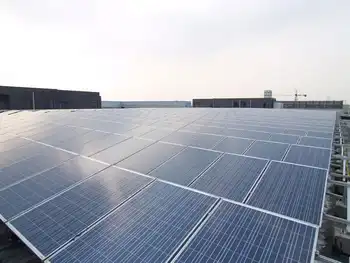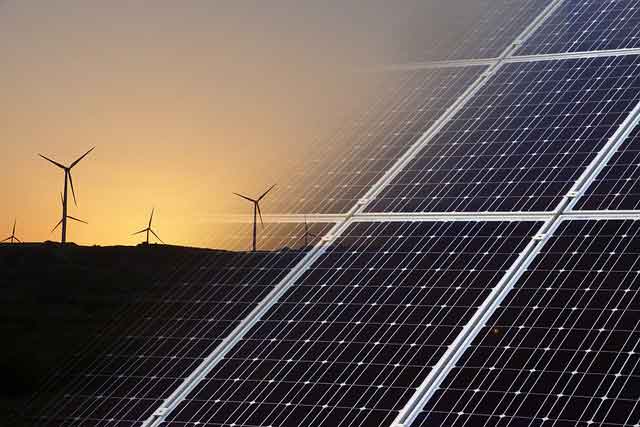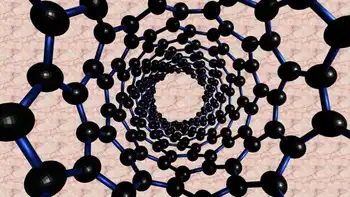California losing steam in wind production
By San Jose Mercury News
Substation Relay Protection Training
Our customized live online or in‑person group training can be delivered to your staff at your location.

- Live Online
- 12 hours Instructor-led
- Group Training Available
A just-released annual report from the American Wind Energy Association says California had 2,439 megawatts of wind-power generation capacity in 2007, second only to Texas' 4,446 megawatts.
But Texas added 1,618 megawatts of new generation in 2007, making it the state with the most capacity added last year. Four of the nation's five largest wind projects operate in Texas. Four other states - Colorado, Illinois, Oregon and Minnesota - added between 405 and 776 megawatts.
California, where 1 megawatt can supply energy to 750 homes for a year, added just 63 new megawatts in 2007, the group said.
Why? "The main reason is the transmission system is in need of an upgrade," said Nancy Rader, executive director of the California Wind Energy Association in Berkeley. "That is our bottleneck."
New projects require new power lines, or bigger ones to connect them to the grid.
Reforms are under way, led by the California Independent System Operator, which runs the state's power grid, but Rader doesn't expect those improvements to result in much new wind energy until early next decade.
But by 2013 she expects another 2,000 megawatts of wind power to start supplying electricity to California.
"There's a lot in the works," she said. "It's just going to take a while to see it."
Rader said she isn't surprised that Texas passed California in 2006 to become the nation's leading wind producer.
"California isn't a very windy state relative to Texas. We've been in the lead until recently because of our public policy, not because of our wind resources," Rader said.
California's big utilities, such as Pacific Gas & Electric, are required to get 20 percent of their power by 2010 from renewable sources, including wind. PG&E signed two power-purchase agreements in 2007 that added 235 megawatts of wind energy - 85 from Oregon and 150 in California.
In all, the national wind group said, the United States gets more than 16,000 megawatts of power from wind - often giant turbines standing on 300-foot-tall poles. Of that 16,000, more than 5,000 megawatts were added in 2007.
California suffers by comparison in another ranking by the Washington, D.C., industry group. Iowa tops that list, getting 5.5 percent of its electricity from wind power. The Golden State gets 2.6 percent of its electricity from wind, the association said. That's the same percentage as Oklahoma and South Dakota.
Not that all the news blowing in the wind is negative for California.
The group says that PG&E is the fourth-largest investor-owned utility in terms of megawatts generated from wind, trailing Xcel Energy, MidAmerican Energy and Southern California Edison.
And Rep. Ellen Tauscher, D-Walnut Creek, represents the congressional district with the fifth-highest number of megawatts from wind power - those 786 come from the Altamont Pass wind farms along I-580.











